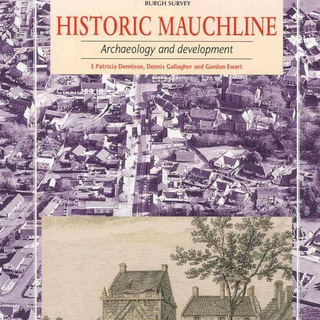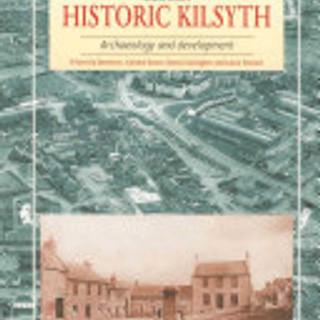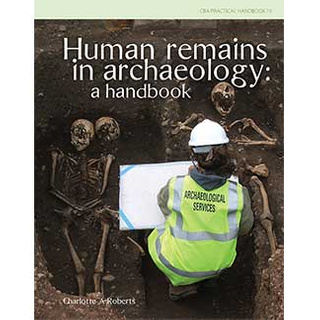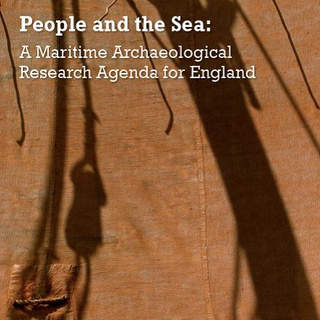Claimed by the Sea
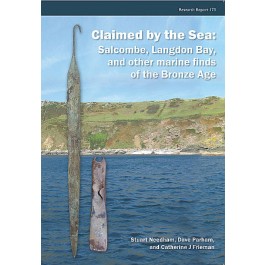
First discovered by sport divers in the 1970s, the two remarkable seabed finds of prehistoric bronze metalwork described here quickly became a testing ground for the new discipline of underwater archaeology, initially under the leadership of the pioneering maritime archaeologist Keith Muckelroy.
A haul of 361 bronzes from Langdon Bay, Kent, represents one of the largest deposits from Bronze Age Europe. Dating to the thirteenth century BC, the collection is diverse in character and originates in various parts of western Europe and the British Isles. The assemblage from Salcombe, Devon covered here is of similar date with a unique combination of types and materials; further finds have since been made at this site.
Neither site having yielded any ship’s remains, all possible mechanisms for deposition are reviewed, including erosion of coastal deposits and ritual deposition at sea. Extensive comparative analysis favours the conclusion that the unparalleled Langdon Bay and Salcombe assemblages represent material spilled or jettisoned from boats in trouble.
For the first time, maritime archaeologists, period specialists, scientists and coastal geomorphologists, bring together research on these two exceptional sites: history of discovery, evaluation of context and character, detailed scientific analyses and a fully illustrated catalogue. Nineteen further marine finds of Bronze Age metalwork are also documented, models for seaborne exchange are reconsidered and cultural attitudes to the terre/mare interface are discussed.


